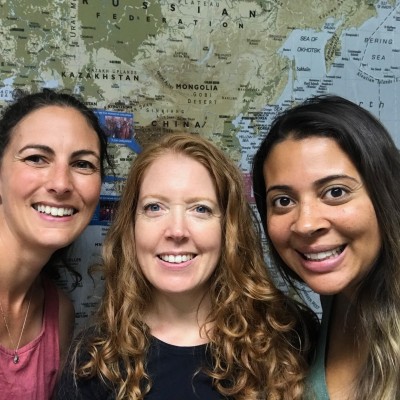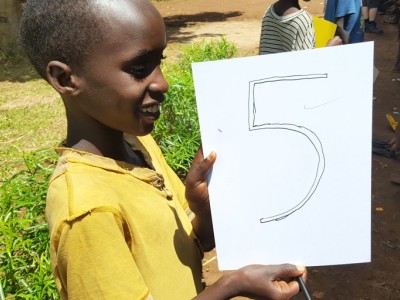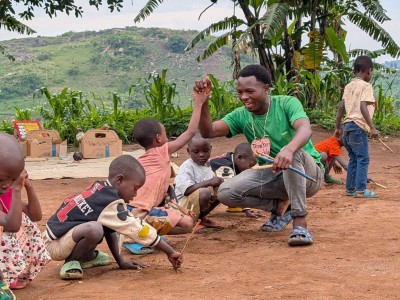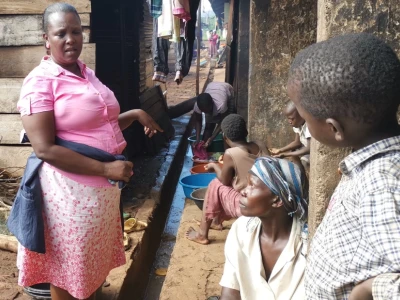In the sprawling camps of Kutupalong, Rohingya refugee children are only permitted to learn through the Myanmar curriculum, which is written in Burmese, a language they don’t understand. Their own dialect has no universally accepted script, and they are barred from learning the local language in Bangladesh.
These language barriers presented seemingly insurmountable obstacles to children’s learning, so in 2019, we piloted a digital education programme which relied on visual and verbal communication. Through video lessons dubbed in the Rohingya dialect, children and teachers could finally understand what was being taught.
We now provide daily video lessons in all our classrooms in Kutupalong and the slums of Cox’s Bazar and Bhasan Char island, reaching over 7,000 children with meaningful, fun education.
In 2022, this model was replicated to the slums of Patna, India where our learning centres support Dalit children who are unable to access quality mainstream education.
Digital lessons are complemented by our ‘Moja Kids’ online newsletter, produced by the children, giving them a chance to share their experiences with children in classrooms across Bangladesh and now in India, Uganda and Cambodia.
Content is produced using simply constructed green screen studios and special effects employed by our digital team in Cox’s Bazar. The team also uses dubbed visual media from all around the world, so they can not only connect with peers from beyond the confines of the refugee camps and slums where they live, but also enjoy experiences of natural wonders, wildlife, culture, sports and news.







